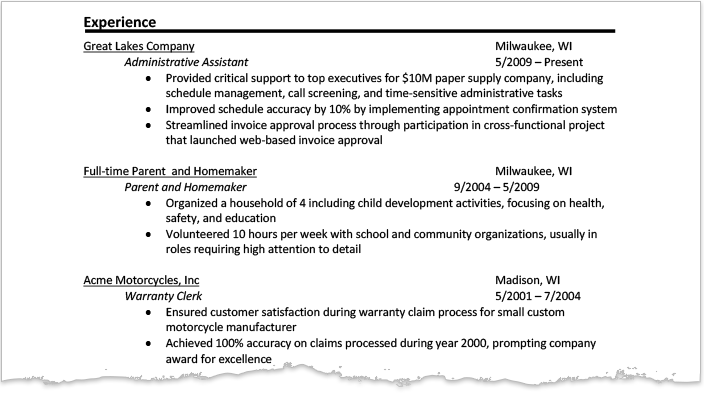Although not, by the limited predictive electricity off most recent PRS, we can’t bring a quantitative estimate out of how much of version for the phenotype between communities could be informed me by the version when you look at the PRS
Alterations in heel bone nutrient density (hBMD) PRS and you can femur bending stamina (FZx) through big date. For every part try an ancient individual, lines let you know installing values, grey urban area is the 95% depend on period, and you will boxes inform you factor prices and you may P values to possess difference between means (?) and you will mountains (?). (A good and you may B) PRS(GWAS) (A) and you will PRS(GWAS/Sibs) (B) to possess hBMD, that have lingering philosophy regarding the EUP-Mesolithic and Neolithic–post-Neolithic. (C) FZx lingering from the EUP-Mesolithic, Neolithic, and you can post-Neolithic. (D and you may E) PRS(GWAS) (D) and you can PRS(GWAS/Sibs) (E) to possess hBMD proving an excellent linear trend ranging from EUP and you may Mesolithic and you will another type of pattern regarding Neolithic–post-Neolithic. (F) FZx having a good linear development ranging from EUP and you may Mesolithic and you may good more trend on Neolithic–post-Neolithic.
The Qx statistic (73) can be used to test for polygenic selection. We computed it for increasing numbers of SNPs from each PRS (Fig. 5 A–C), between each pair of adjacent time periods and over all time periods. We estimated empirical P values by replacing allele frequencies with random derived allele frequency-matched SNPs from across the genome, while keeping the same effect sizes. To check these Qx results, we simulated a GWAS from the UK Biobank dataset (Methods), and then used these effect sizes to compute simulated Qx statistics. The Qx test suggests selection between the Neolithic and Post-Neolithic for stature (P < 1 ? 10 ?4 ; Fig. 5A), which replicates using effect sizes estimated within siblings (10 ?4 < P < 10 ?2 ; SI Appendix, Fig. S10). The reduction in the sibling effect compared to the GWAS effect sizes is consistent with the reduction expected from the lower sample size (SI Appendix, Fig. S10). However, several () simulated datasets produce higher Qx values than observed in the real data (Fig. 5D). This suggests that reestimating effect sizes between siblings may not fully control for the effect of population structure and ascertainment bias on the Qx test. The question of whether selection contributes to the observed differences in height PRS remains unresolved.
Signals of selection on standing height, sitting height, and bone mineral density. (A–C) ?Log10 bootstrap P values for the Qx statistics (y axis, capped at 4) for GWAS signals. We tested each pair of adjacent populations, and the combination of all of them (“All”). We ordered PRS SNPs by increasing P value and tested the significance of Qx for increasing numbers of SNPs (x axis). (D) Distribution of Qx statistics in simulated data (Methods). Observed height values for 6,800 SNPs shown by vertical lines.
For sitting height, we find  little evidence of selection in any time period (P > 10 ?2 ). We conclude that there was most likely selection for increased standing but not sitting height in the Steppe ancestors of Bronze Age European populations, as previously proposed (29). One potential caveat is that, although we reestimated effect sizes within siblings, we still used the GWAS results to identify SNPs to include. This may introduce some subtle confounding, which remains a question for future investigation. Finally, using GWAS effect sizes, we identify some evidence of selection on hBMD when comparing Mesolithic and Neolithic populations (10 ?3 < P < 10 ?2 ; Fig. 5C). However, this signal is relatively weak when using within-sibling effect sizes and disappears when we include more than about 2,000 SNPs.
little evidence of selection in any time period (P > 10 ?2 ). We conclude that there was most likely selection for increased standing but not sitting height in the Steppe ancestors of Bronze Age European populations, as previously proposed (29). One potential caveat is that, although we reestimated effect sizes within siblings, we still used the GWAS results to identify SNPs to include. This may introduce some subtle confounding, which remains a question for future investigation. Finally, using GWAS effect sizes, we identify some evidence of selection on hBMD when comparing Mesolithic and Neolithic populations (10 ?3 < P < 10 ?2 ; Fig. 5C). However, this signal is relatively weak when using within-sibling effect sizes and disappears when we include more than about 2,000 SNPs.
Talk
We revealed that the fresh better-recorded temporal and you will geographic style during the stature in the Europe within EUP while the article-Neolithic period try broadly in keeping with those people that could be forecast from the PRS computed playing with establish-time GWAS results together with aDNA. Similarly, we simply cannot say whether or not the change was basically persisted, highlighting advancement as a result of date, or discrete, highlighting changes from the understood periods from substitute for or admixture of populations having diverged genetically over the years. Eventually, we discover instances when predict genetic transform are discordant which have observed phenotypic changes-centering on the fresh new part out-of developmental plasticity as a result to environment changes together with difficulty for the interpreting variations in PRS on absence away from phenotypic data.